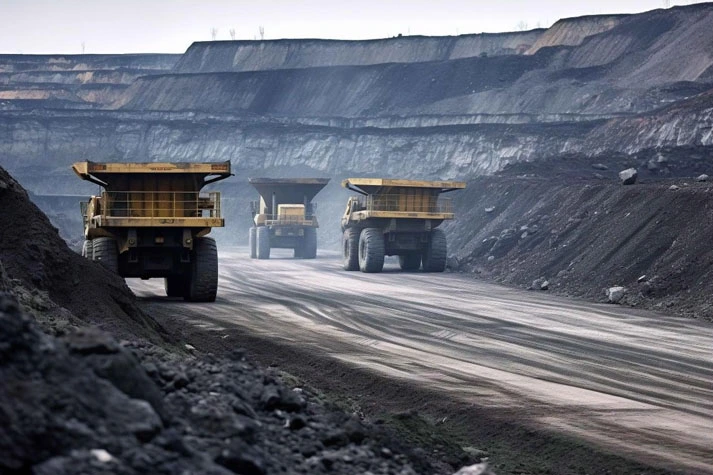
Cylindrical Roller Bearings (CRB bearings) play an important role in industrial applications, as they are used to support and guide mechanical rotation, such as in machine tools, printing machines, and heavy machinery. Designed to withstand high radial loads, the CRB bearings are available in various configurations to suit different applications. This article will discuss some important knowledge about the CRB bearings to help you better understand their functions and advantages.
Cylindrical roller bearings come in many types.
Firstly, the single-row CRB bearings, consisting of a row of linear cylindrical rollers, are suitable for applications with high radial loads and moderate axial loads.
Secondly, the double-row CRB bearings, which have two parallel rows of cylindrical rollers, can withstand higher radial loads and support limited axial loads.
Thirdly, the multi-row CRB bearings, designed to handle extremely high radial loads and moderate axial loads, have multiple parallel rows of cylindrical rollers.
Fourthly, the full-complement CRB bearings, which have no cage, fill the space completely between the inner and outer rings with rollers, are designed to handle high radial loads but cannot support any axial loads.
Lastly, the cage-guided CRB bearings have a cage to separate and guide the rollers, suitable for high radial loads and moderate axial loads.
Several important factors need to be considered when choosing CRB bearings.
Firstly, the load capacity, determined by its size, number of rollers, and material, must withstand the maximum load encountered during operation.
Secondly, the speed of rotation will determine the type and precision of lubrication required, with high-speed applications needing high-precision and accuracy bearings.
Additionally, the operating temperature is crucial for the bearing's lifespan, and the type of lubricant and bearing material will affect its operating temperature.
Finally, ease of installation and disassembly is also important, as difficult-to-install or disassemble bearings can increase downtime and maintenance costs.
Proper lubrication is essential for the normal operation and lifespan of CRB bearings. Lubrication reduces friction and wear, dissipates heat, and prevents corrosion. Common types of lubricants include grease, oil, and solid lubricants.
Grease is suitable for low to moderate speed applications and adheres well to the rolling element surfaces.
Oil is better for high-speed applications as it flows more easily and aids in heat dissipation.
Solid lubricants such as graphite and molybdenum disulfide are used for high-temperature or extreme pressure conditions.
Additionally, regular maintenance is crucial for extending the life of CRB bearings. Maintenance tasks include visual inspections, regular lubrication, following correct installation and disassembly procedures, and timely replacement of worn or damaged bearings. These measures ensure the bearings operate in optimal condition, preventing further damage to the machinery.

